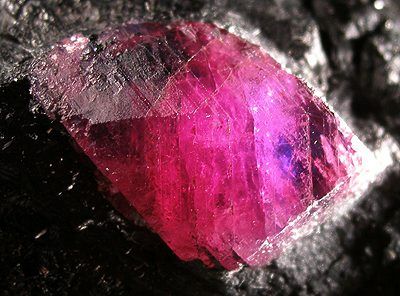Transforming crystal structures

Corundum-winza
Rob Lavinsky, iRocks.com – CC-BY-SA-3.0 [CC BY-SA 3.0 (http://creativecommons.org/licenses/by-sa/3.0)], via Wikimedia Commons
Chemists are developing new materials with exciting properties by transforming crystalline materials into different structures.
Single-crystal materials contain a continuous, unbroken crystal lattice
with no defects or impurities. These unique properties make single
crystals useful for the mechanical, optical and electrical industries.
The EU-funded SCSCT (Solid state chameleons: Chemical transformations as single crystal transitions) project aimed to transform a crystalline material from one structure to another using a process known as single-crystal-to-single-crystal transformation (SCSCT).
Researchers first searched through a crystal structure database to find potential molecules that could carry out the SCSCT reaction. They then studied the crystal structure of a select few in closer detail to find out how the reaction worked.
SCSCT also used an unusual property of some solid materials that exist in more than one form or crystal structure. Known as polymorphism, this allows chemists to change the physical and chemical properties of materials by changing their structural conformation.
Researchers created two polymorphic metal complexes by reacting boronic acid- and copper-containing compounds together. Analysing the crystal structure of each showed that these polymorphic compounds can be used to create higher crystal structures with useful properties.
Chemists also induced SCSCT in a zinc complex to create two different forms of a metal solid. First, they added zinc chloride to a solvent to create single crystals in a tape-like structure. They then heated these single crystals until a new structure formed; interestingly, this transformation was reversible upon cooling.
Information from this project on single-crystal structures and the chemical reactions that form them can be applied to any molecule or reaction type. Ultimately, this will help chemists to develop new, unique crystalline materials.
published: 2016-01-20

